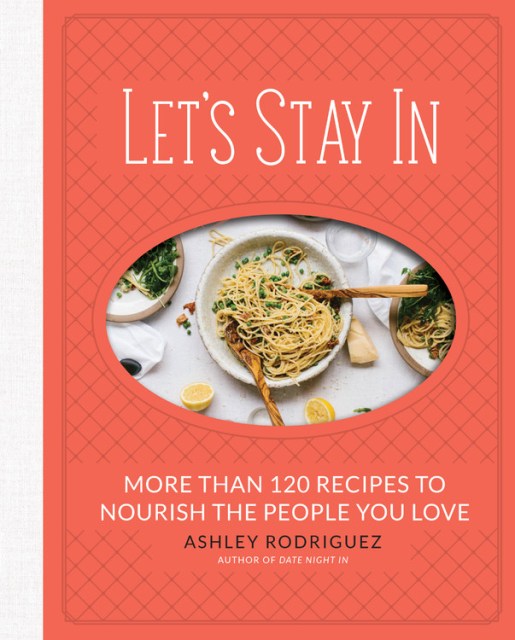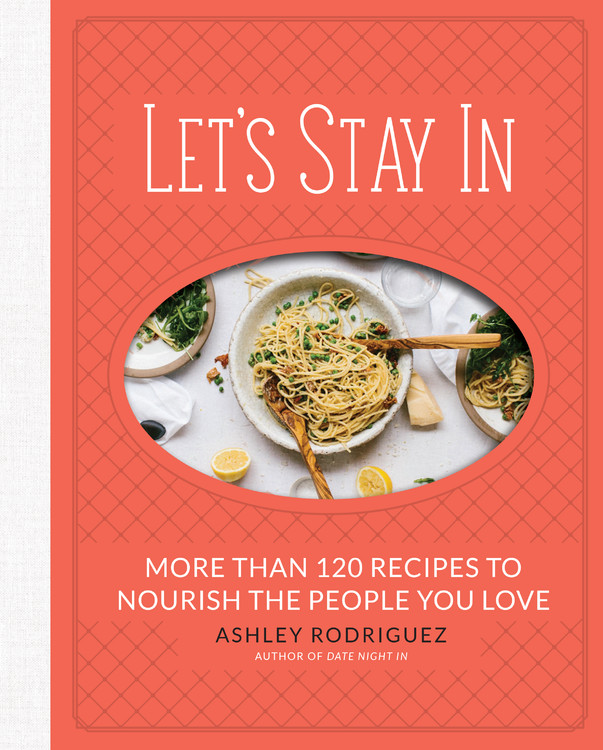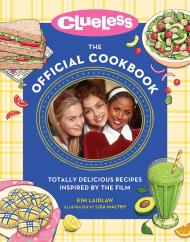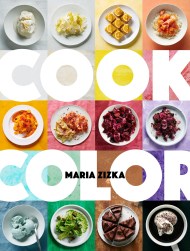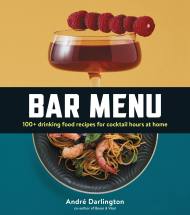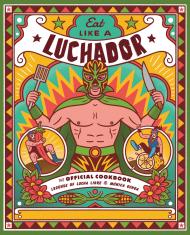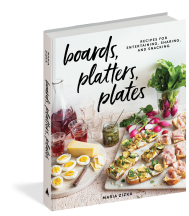Promotion
Use code MOM24 for 20% off site wide + free shipping over $45
Let's Stay In
More than 120 Recipes to Nourish the People You Love
Contributors
Formats and Prices
Price
$28.00Price
$35.00 CADFormat
Format:
- Hardcover $28.00 $35.00 CAD
- ebook $14.99 $19.99 CAD
This item is a preorder. Your payment method will be charged immediately, and the product is expected to ship on or around October 9, 2018. This date is subject to change due to shipping delays beyond our control.
Also available from:
Author Ashley Rodriguez has focused her career on teaching people the importance of a good meal at home, first with Date Night In, a relationship cookbook that brought the romance back to home-cooked meals at home. For her next book, she’s turning the focus outward. Let’s Stay In is all about effortless hospitality, meaningful family meals, and an appreciation for the magic of meals shared with others. Families, neighbors, friends, and loved ones will find a different kind of love around the table together, connecting over memorable meals. The recipes walk you through every meal of the day with delicious breakfasts, easy lunches, inviting dinners, and Ashley’s signature incredible desserts:
- Breakfasts of Red Lentil and Chickpea Stew with Poached Eggs, Breakfast BLTs, and Spiced Raisin Scones
- Midday meals of Zucchini, Gruyere & Basil Quesadillas, Ricotta, Speck and Plum Salsa Tartine, and Ivy’s Split Pea Soup
- Table-groaning dinners of Steak Tacos with Radish and Pickled Onions, Oven Baked Risotto with Squash and Rosemary Candied Walnuts, and Grilled Leg of Lamb with Green Sauce
- Sweets and drinks like Blood Orange Poppy Seed Upside Down Cake, Guava Coconut Punch, The Easiest Pear Tart, and Cardamom Cream Soda
Ashley is a natural teacher, and the recipes flow off the page as effortlessly as the conversation at a great meal. She practices what she preaches, too, making time to bring her busy family and loved ones together for meals as often as possible. Staying in can become an easy habit to adapt, helping to center each person at an inviting table. It’s the easiest kind of aspirational cooking and gathering, helping home cooks of any level to say “let’s stay in!”
Genre:
- On Sale
- Oct 9, 2018
- Page Count
- 304 pages
- Publisher
- Running Press
- ISBN-13
- 9780762490578
Newsletter Signup
By clicking ‘Sign Up,’ I acknowledge that I have read and agree to Hachette Book Group’s Privacy Policy and Terms of Use
